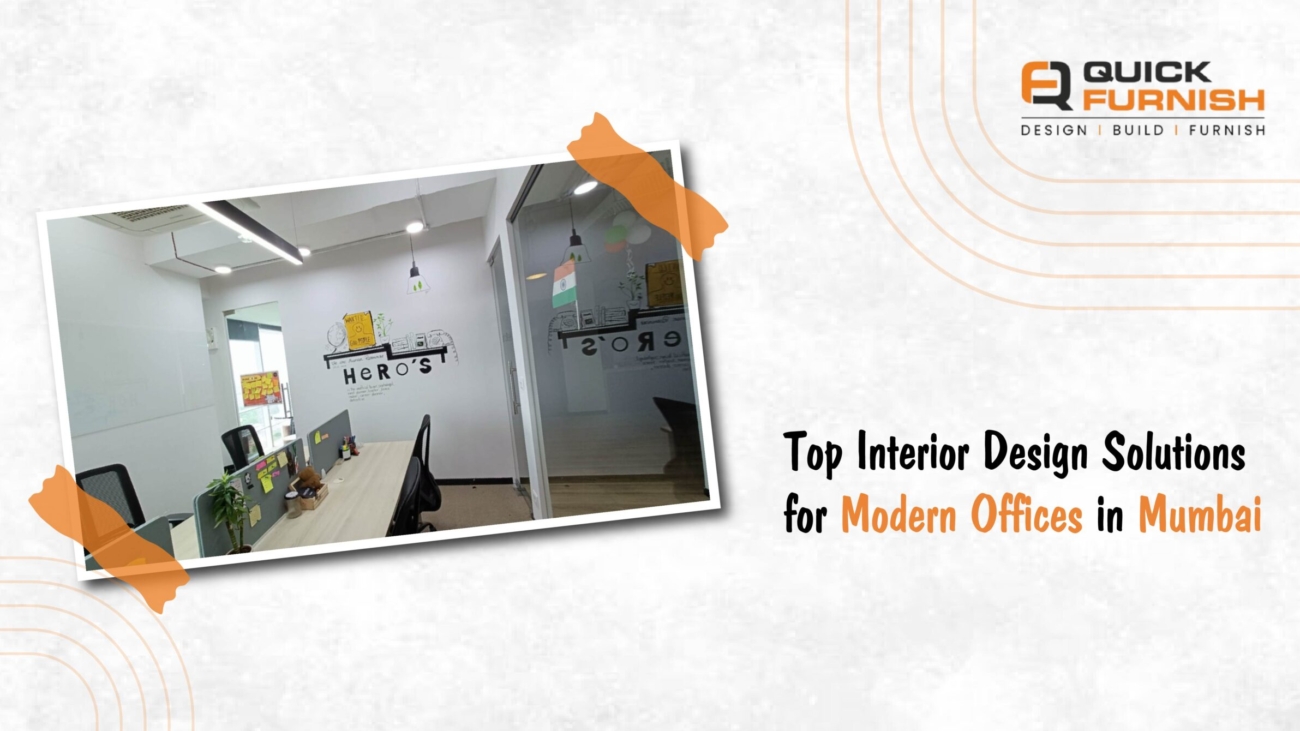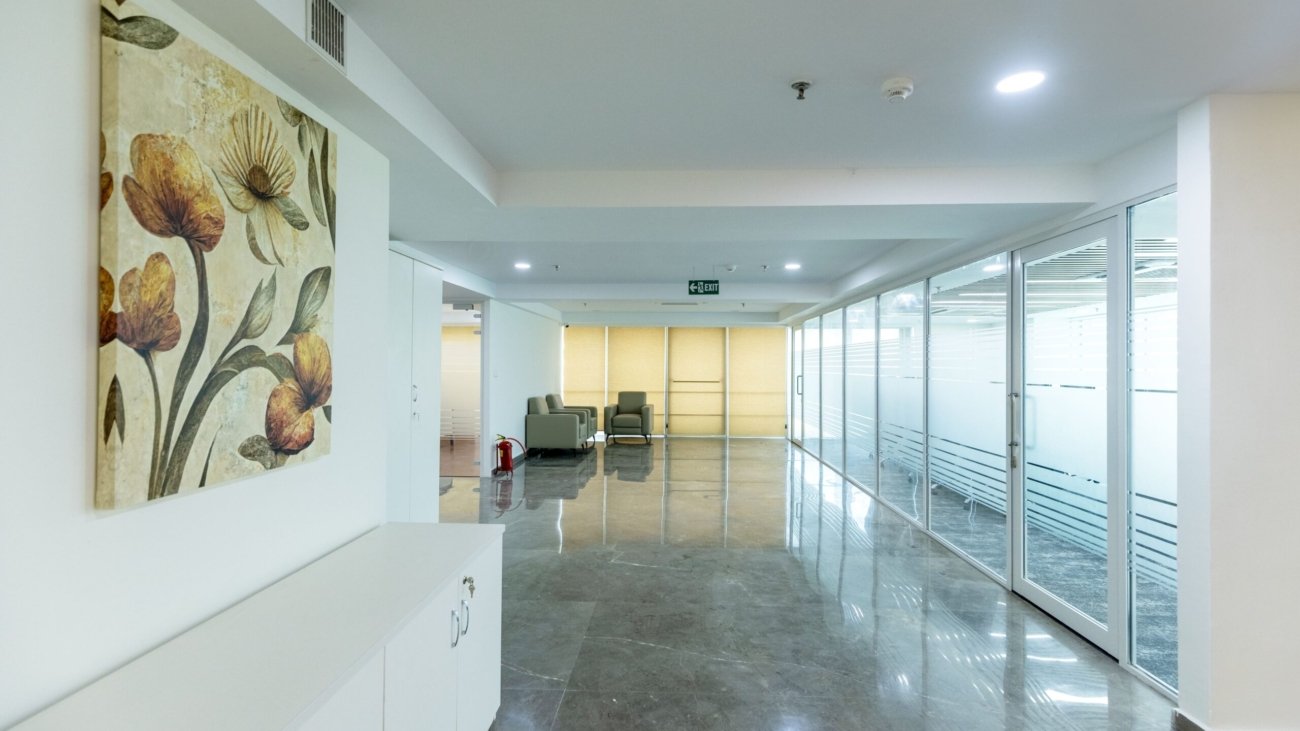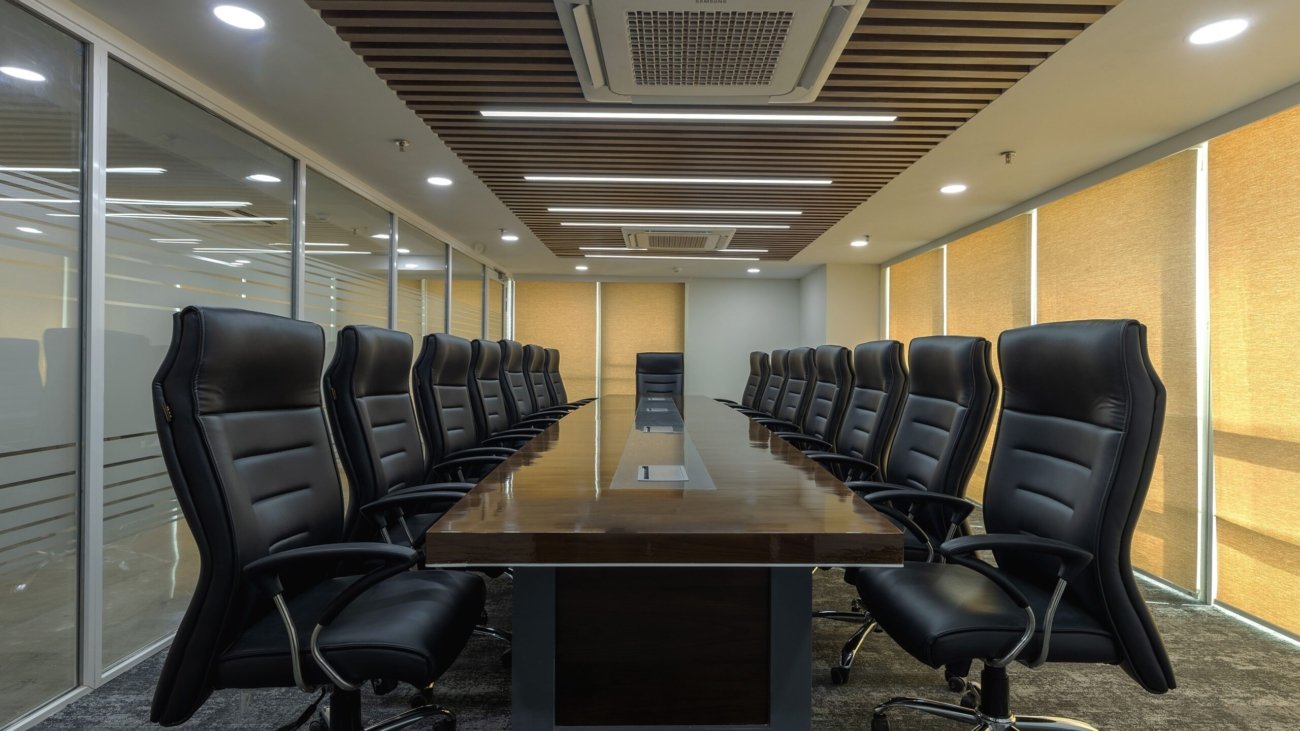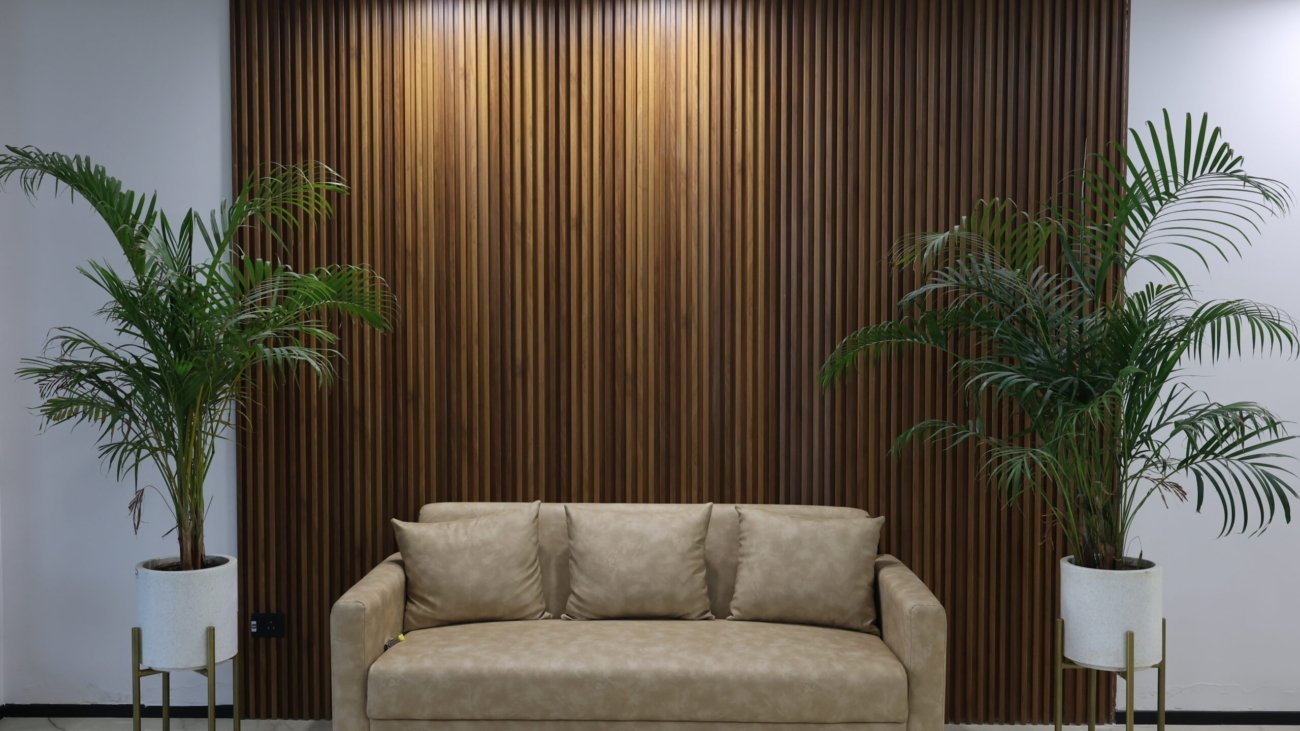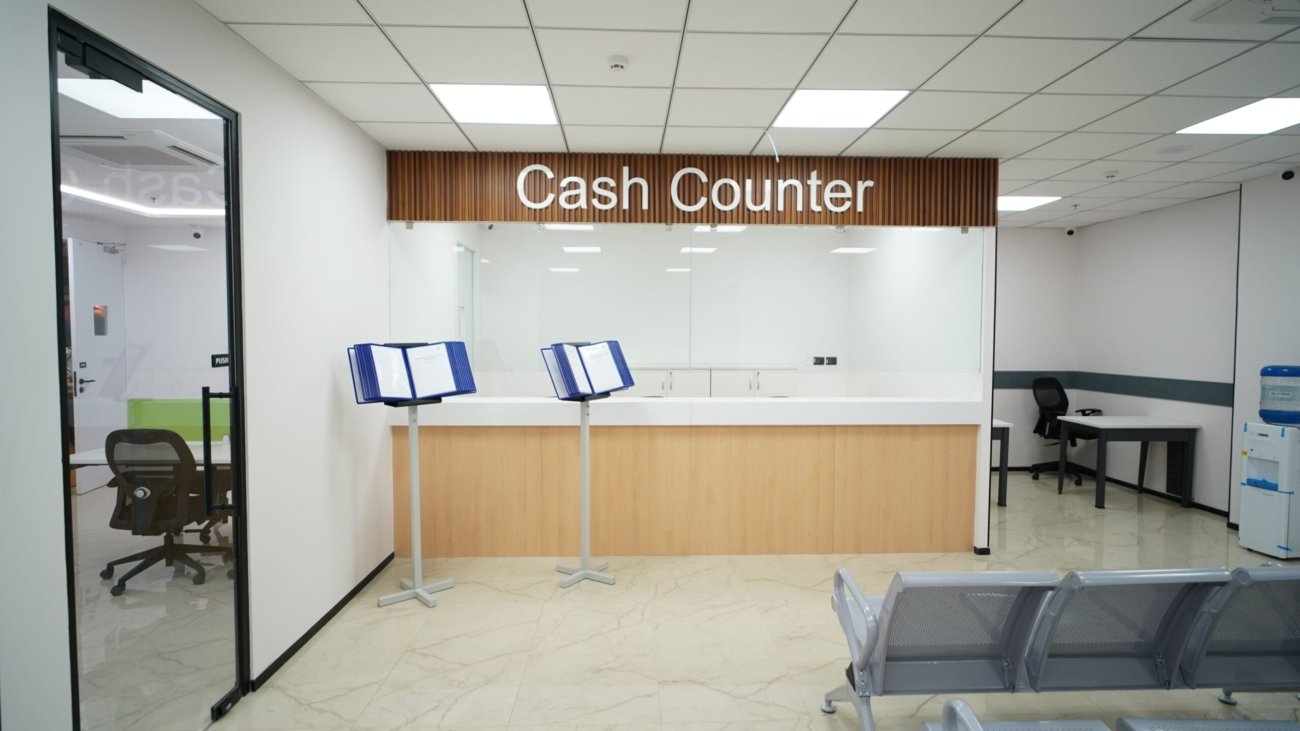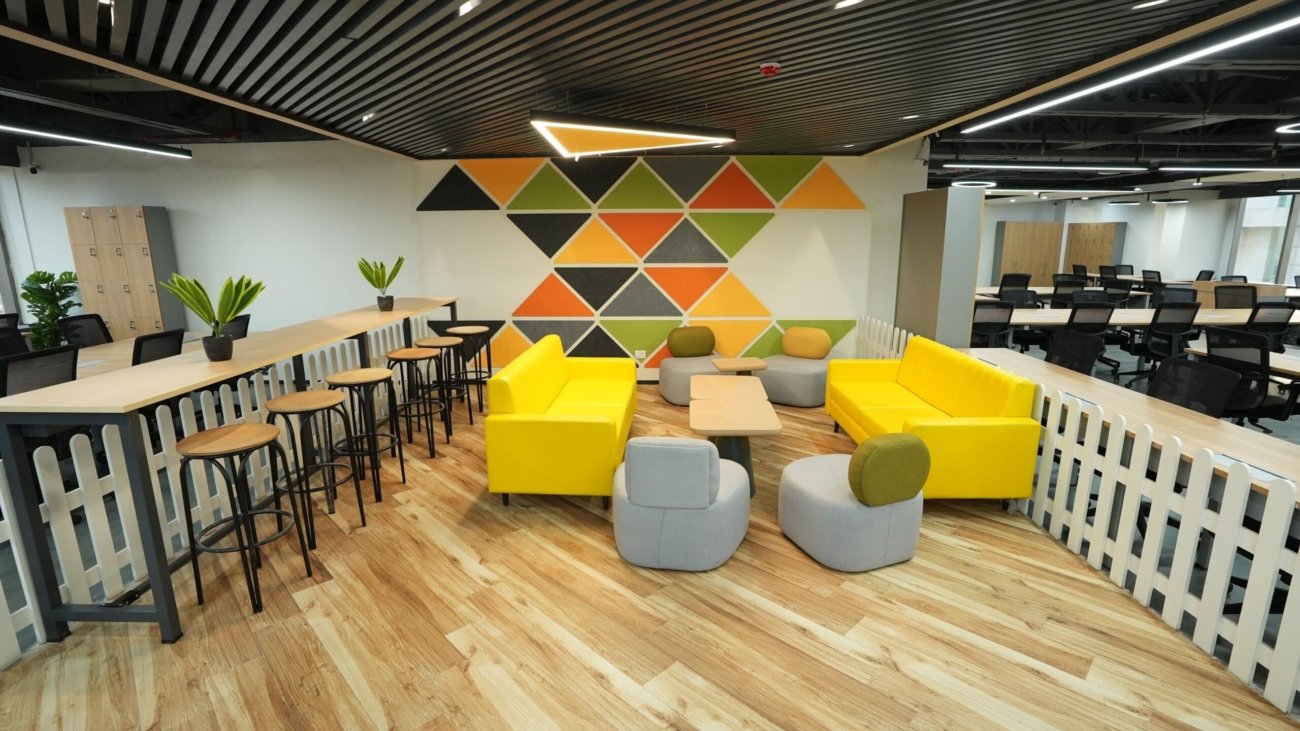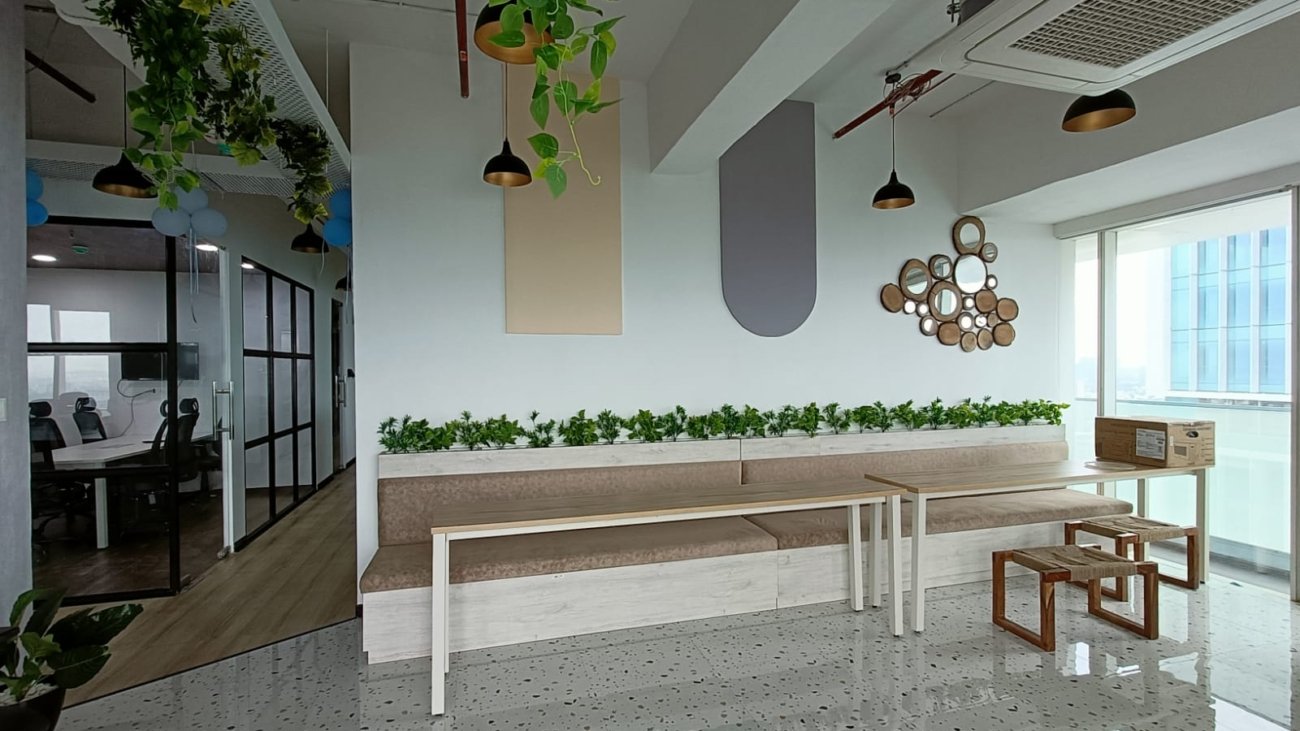In a fast-growing business hub like Mumbai, office spaces are evolving rapidly. Companies today understand that a well-designed workspace improves productivity, enhances brand image, and creates a more positive work culture. As a result, the demand for professional design services continues to rise, making interior design firms mumbai a key part of the city’s commercial development.
Quickfurnish has emerged as a trusted name for businesses seeking creative and functional design solutions. Whether you are building a new workplace or upgrading an existing one, choosing the right team can transform your office environment. As an experienced office interior designer mumbai, Quickfurnish creates modern, efficient, and aesthetically appealing workspaces tailored to business needs.
This blog explores why office design matters, what makes Quickfurnish a preferred choice, and answers some of the most common questions asked by businesses.
Why Office Interior Design Matters
Your office does more than host your employees—it represents your brand identity and influences business performance. A thoughtfully planned workspace supports efficient workflows, encourages collaboration, and improves employee morale.
Key reasons why interior design is essential:
- Creates a professional and impressive corporate image
- Enhances employee focus and motivation
- Ensures better utilization of available space
- Improves overall workplace comfort
- Helps attract and retain skilled employees
In a competitive city like Mumbai, investing in an appealing and functional workspace can set your business apart.
Why Businesses Prefer Interior Design Firms Mumbai
Professional firms offer both creativity and technical knowledge. Instead of managing multiple contractors, you get a single expert partner who handles the complete process.
Interior design firms mumbai offer structured planning, efficient execution, and quality materials, ensuring your office feels modern and works efficiently. These firms also understand the city’s unique challenges, such as compact office sizes, regulatory norms, and fast project timelines.
Advantages of hiring a professional firm:
- Customized solutions based on your business goals
- 2D layouts and 3D visualizations for clarity
- Expert space management
- Timely project completion
- Access to skilled designers, architects, and technicians
Quickfurnish integrates all these benefits with a focus on quality and long-term durability.
Why Choose Quickfurnish as Your Office Interior Designer Mumbai
Quickfurnish offers end-to-end solutions for commercial interiors. From concept creation to final execution, every step is handled with precision. As an experienced office interior designer mumbai, our team blends creativity with practicality to design workspaces that promote productivity and comfort.
What sets Quickfurnish apart:
- Tailor-made design concepts for every business sector
- Cost-effective solutions without compromise on quality
- Use of premium materials and professional craftsmanship
- On-site supervision and regular progress updates
- Skilled team specializing in modular furniture and ergonomic setups
We take time to understand your workflow, team size, and design preferences to deliver an outcome that aligns perfectly with your business goals.
Modern Office Design Trends in Mumbai
Work culture in Mumbai is evolving, and so are design preferences. Here are some popular trends shaping today’s workplaces:
- Open layouts that encourage teamwork
- Modular furniture for flexibility
- Biophilic elements such as indoor plants and natural lighting
- Minimalist designs with subtle colors
- Informal breakout zones for relaxation
- Ergonomic seating to support employee health
Quickfurnish seamlessly blends these trends with your office requirements to create a balanced and beautiful environment.
The Quickfurnish Process: From Idea to Execution
Our step-by-step process ensures a smooth experience and a high-quality outcome.
Step 1: Consultation
We begin by understanding your goals, vision, and operational needs.
Step 2: Space Planning
Our experts create layouts that maximize efficiency and make the best use of every corner.
Step 3: Design Concept
We provide mood boards, themes, color palettes, and 3D views to help you visualize the final workspace.
Step 4: Execution
All technical work, fabrication, and installations are carried out by trained professionals under strict supervision.
Step 5: Final Handover
Your workspace is delivered fully ready, clean, and completed on time.
Frequently Asked Questions (Q&A)
Q1: Why should I hire interior design firms mumbai for my office project?
These firms understand the local market, space constraints, and business needs in Mumbai. They provide complete solutions ranging from planning to execution, ensuring a professional and efficient outcome.
Q2: How do I choose the right office interior designer mumbai?
Look for experience, portfolio quality, client reviews, design approach, and transparency. Quickfurnish offers all these, making it a reliable partner for office projects.
Q3: How long does an office interior project take?
The timeline depends on your office size and customization level. Most projects take a few weeks to a few months. Quickfurnish provides a detailed schedule before starting work.
Q4: Can you design small or compact offices?
Yes. We specialize in efficient space planning, making even compact offices functional, stylish, and well-organized.
Q5: Do you offer custom furniture manufacturing?
Absolutely. We create ergonomic and durable furniture customized to your workspace layout and design theme.
Q6: What budget should I expect for a complete office interior?
Costs vary based on materials, design preferences, and space size. Quickfurnish offers cost-effective solutions and transparent quotations to match your budget.
Conclusion
A well-designed office plays a vital role in creating a productive and motivating environment for employees. It also strengthens your company’s brand image and leaves a lasting impression on clients. That’s why hiring professional interior design firms mumbai is a smart investment for modern businesses.
Quickfurnish combines creativity, practical design, and flawless execution to deliver workspaces that truly elevate your business environment. Whether you’re planning a new office or renovating your current one, our team is ready to create a space that aligns perfectly with your goals.
Contact Quickfurnish
📧 Email: info@quickfurnish.co
📞 Phone: +91 70437 04333
Transform your work environment with a design that inspires success.

